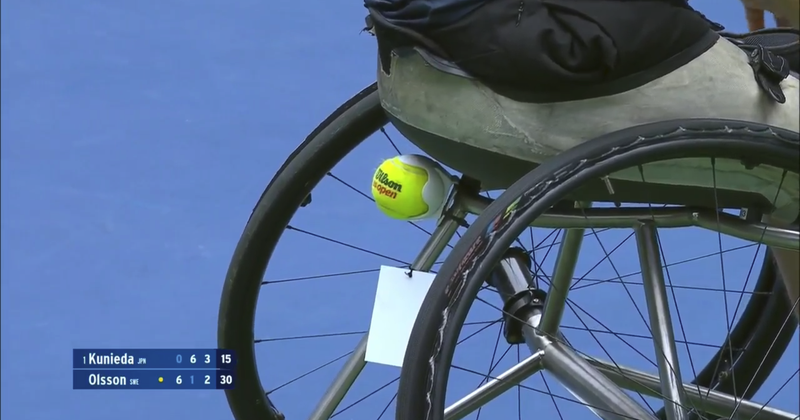
The world of sports is full of pleasant surprises, and I wanted to share my recent eye-opening experience. I'm a sports fan without an expansive cable package, meaning that I often have to find creative ways to get my sports fix from watching replays on YouTube to finding legal streaming services online. One of the things I do frequently is watch programming on WatchESPN. Although I don't have an ESPN package, they allow programming that is part of ESPN 3 to be viewed without being a cable subscriber.
The games shown on ESPN 3 aren't always the top events that I would watch otherwise, but this has exposed me to new sports and teams that I would otherwise have never heard of. This happened on Friday as I scrolled through what was being streamed. I came across the US Open section, and noticed that next to one of the matches, it stated "(Wheelchair)." "They play professional tennis in wheelchairs?" Embarrassingly, I didn't know this part of the US Open or an active sport.
I was intrigued and had to tune in to see it for myself.
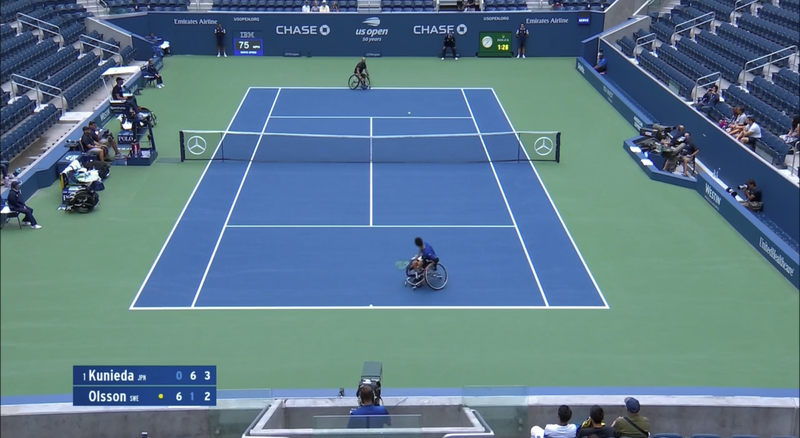
I began watching the third set of a quarterfinal match in the Wheelchair Men's Singles between top-ranked Shingo Kunieda of Japan and Stefan Olsson of Sweden. The two battled back and forth with as much passion and intensity you'd see in any other professional sport, yet without having a large crowd cheering them on.
Before a serve, the opponent would position their chair close to the wall and wheel themselves towards the net. After each serve or return, the opponent had to quickly make a decision and use their momentum to take the quickest path to the ball. While some might think that having wheels makes the sport easier for the athletes, I would argue that it's much, much harder.

After a hard fought battle, Shingo Kunieda won in three sets, moving on to the semifinal round. I was inspired by their play and decided to learn a little more about wheelchair tennis.
History
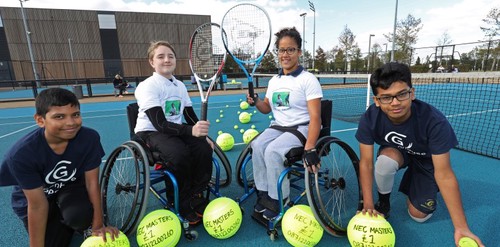
Wheelchair tennis dates back to 1976 according to the USTA.
A young man by the name of Brad Parks became paralyzed after a freestyle skiing accident. Brad and a fellow rehab patient, Jeff Minnebraker, decided to give tennis in a wheelchair a try across the street from the hospital at some local tennis courts. While the two of them labored to push the heavy and cumbersome hospital chairs around the court, a couple of able-bodied players on the next court yelled over, “Why do you guys even bother?”
The insensitive comment drove their passion for establishing and growing the sport, which is now considered to be "the most professionalized of all disabled sports."
Wheelchair tennis is part of the Paralympic Games, first appearing in 1988 in Seoul. Shingo Kunieda, who I had the pleasure of watching, has been a dominant force in the sport since 2008. Kunieda won the Beijing and London gold medals in the men's singles without losing a single set. That's right, without losing even one set to an opponent.
The sport has grown over the past two decades. In the 2012 London Games, 112 tennis athletes from 31 countries participated.
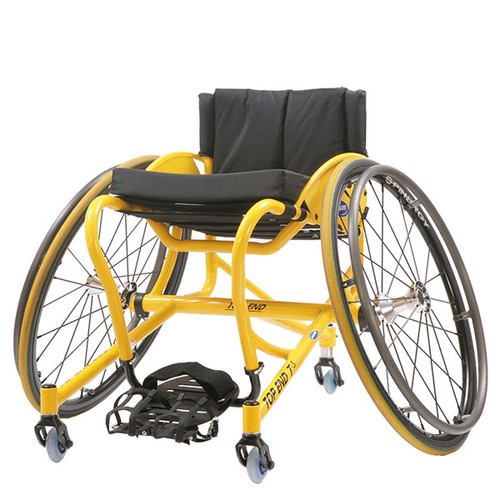
Technology has also helped drive the sport with tennis-specific wheelchairs that allow for quick adjustments. These chairs cost thousands of dollars, but allow these athletes the mobility required to play tennis at a competitive level.
The Rules
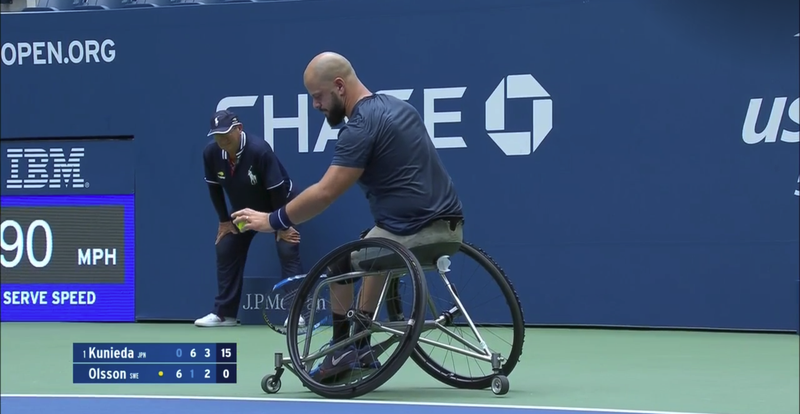
The biggest difference between the tennis we're used to and wheelchair tennis is that there are two bounces allowed instead of one. The second bounce can happen in or outside of the field of play as long as the first bounce was in play. This gives the athlete some additional time to adjust and make it to ball.
I had a lot of fun watching and learning about the sport, and wheelchair tennis is certainly something I would watch in the future. What do you think? Please comment below.

All images from the US Open match were screenshots of the action from ESPN 3 and property of ESPN.
Comments